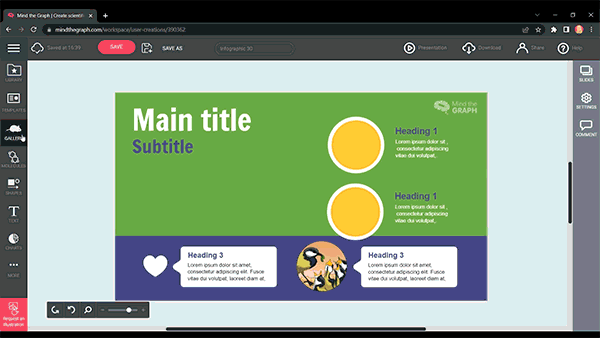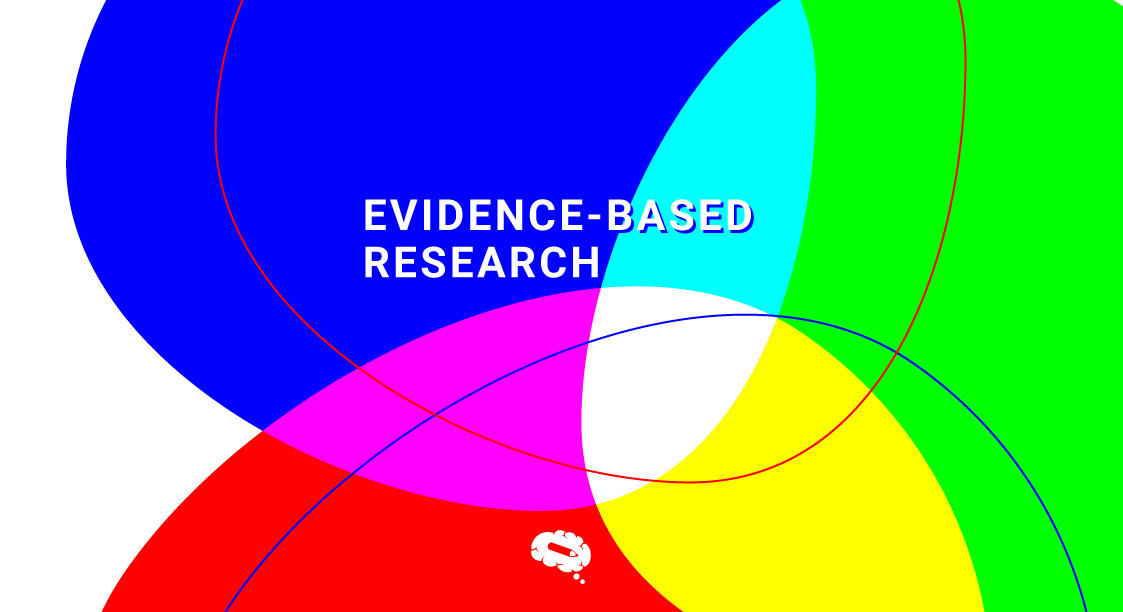A research paper’s flaws are often hard to detect. Usually, it’s easy to spot errors in a blurry abstract with little focus and no data, but sometimes it can be more difficult. Good news: there’s a pretty simple solution. When peer-reviewing papers, it is important to understand how to spot an error, how to identify it, and to what extent the flaw is.
It is possible for flawed research methodologies to result in misleading data. If the methodology is not considered carefully, there are many ways in which research might be conducted incorrectly. Our list is not limited to these, but we will review some of the more common ones.
What are the methodological flaws in research?
Various types of studies are conducted in every field, resulting in different types of research errors. As a starter point, this is helpful in preventing commonly encountered errors in manuscripts. With practice and proficiency in reading manuscripts critically, this list can be expanded with more specific examples.
You can read our article to learn more about research methodology.
- Using the wrong research design
To achieve valid, scientifically sound results, the research design is paramount. Understand the terminology pertaining to the subject area of research. Consider how an unusual approach might affect data and analysis if you encounter it in a study. Pay attention to the researchers’ arguments and rationales. Something new and unfamiliar is not necessarily inaccurate or flawed. It only needs more attention during the review process.
- Size selection for samples
In some cases, results are drawn from a sample size that is too small for an accurate analysis. Real-life data requires a bit of insight when we are analyzing it. Depending on the situation, one scenario may be valid while the other may not be. A sample’s size and whether it encompasses the whole demographic must therefore be considered when analyzing data. Small samples cannot be analyzed using percentages; absolute numbers must always be shown.
- Methodologies/standards not followed
An explanation of how the results were produced should be included in the methods section. If you have questions about the validity of the figures, you should raise them. Examine the researchers’ justification carefully for any anomalies, in order to ask more questions if necessary. The use of irrelevant language, biased statements, and opinionated discourse during a study is also considered poor practice.
- Words aplenty
Too much wordiness is a common problem in manuscripts. As much as possible, ensure your texts are concise, straightforward, and impactful. A reader can lose interest in a research article if it is too wordy, resulting in a misinterpretation. These kinds of errors do occur occasionally in the absence of experience, however, it is important to avoid questions that are often constructed in a way to skew results. A research study with a new questionnaire is the only way to resolve this mistake, unlike some other types of errors.
- Conclusive evidence is insufficient
It is essential that the summary and conclusion paragraphs of a research paper be based on evidence and justified. There may be an issue with the researchers’ methodological approach, additional references, or a need for additional data that does not agree with the results.
Featuring the world’s largest collection of scientifically accurate illustrations
Yes, you read that correctly. With Mind the Graph, you can communicate science in the best way possible by using scientific illustrations that illustrate a wide range of fields. Make sure you check out our gallery, which is regularly updated.


Subscribe to our newsletter
Exclusive high quality content about effective visual
communication in science.





